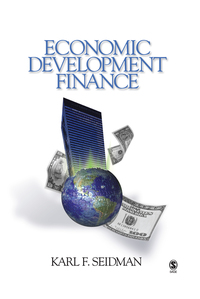Question
Question 4-1 Jaguar Land Rover PLC: Jaguar Land Rover Automotive PLC (JLR) is a maker of luxury autos based in Coventry, United Kingdom. JLR uses
Question 4-1 Jaguar Land Rover PLC:
Jaguar Land Rover Automotive PLC (JLR) is a maker of luxury autos based in Coventry, United Kingdom. JLR uses IFRS and has a fiscal year-end of March 31. You have been asked to use your knowledge of IFRS to convert key metrics for the company to a U.S. GAAP basis. For simplicity, you may assume that the only material differences between JLRs as-reported numbers and those it would report under U.S. GAAP are traceable to its policy of capitalizing development costs.
1) what is the percentage of R & D expenditures was capitalized during the fiscal year ending March 31, 2017? how does this percentage compare with capitalized ratio of the German auto maker profied in exhibit 4.4?
2)Estimate the average useful life of product development costs by dividing average capitalized product development costs by the amortization for fiscal 2016 -2017. compute average capitalized product development costs as simple average balances at eh beginning and end of the each fiscal year. Does your estimate fall within the range of the useful lives for development costs disclosed in the accounting policy footnotes.
Internally Generated Intangible Assets (from Footnote 2, Accounting Policies)
Research costs are charged to the consolidated income statement in the year in which they are incurred.
Product development costs incurred on new vehicle platforms, engines, transmission and new products are recognised as intangible assetswhen feasibility has been established, the Group has committed technical, financial and other resources to complete the development and it is probable that the asset will generate future economic benefits.
The costs capitalised include the cost of materials, direct labour and directly attributable overhead expenditure incurred up to the date the asset is available for use.
Interest cost incurred is capitalised up to the date the asset is ready for its intended use, based on borrowings incurred specifically for financing the asset or the weighted average rate of all other borrowings, if no specific borrowings have been incurred for the asset.
Product development cost is amortised over a period of between two and ten years.
Capitalised development expenditure is measured at cost less accumulated amortisation and accumulated impairment loss, if any.
Amortisation is not recorded on product development in progress until development is complete.
Research and Development (from Footnote 11)
| Year ended 31 March | 2017 ( millions) |
| Total research and development costs incurred | 1,794 |
| Research and development expensed | (368) |
| Development costs capitalized | 1,426 |
page 154
Intangible Assets (selections from Footnote 18)
| Cost | Product Development in Progress ( millions) | Capitalized Product Development ( millions) |
| Balance at 31 March 2016 | 1,539 | 4,525 |
| Additionsinternally developed | 1,426 | |
| Transfers | (809) | 809 |
| Disposals | (138) | |
| Balance at 31 March 2017 | 2,156 | 5,196 |
| Amortization | ||
| Balance at 31 March 2016 | 1,635 | |
| Amortization for the year | 769 | |
| Disposals | (138) | |
| Balance at 31 March 2017 | 2,266 | |
| Net book value at 31 March 2017 | 2,156 | 2,930 |

Step by Step Solution
There are 3 Steps involved in it
Step: 1

Get Instant Access to Expert-Tailored Solutions
See step-by-step solutions with expert insights and AI powered tools for academic success
Step: 2

Step: 3

Ace Your Homework with AI
Get the answers you need in no time with our AI-driven, step-by-step assistance
Get Started


